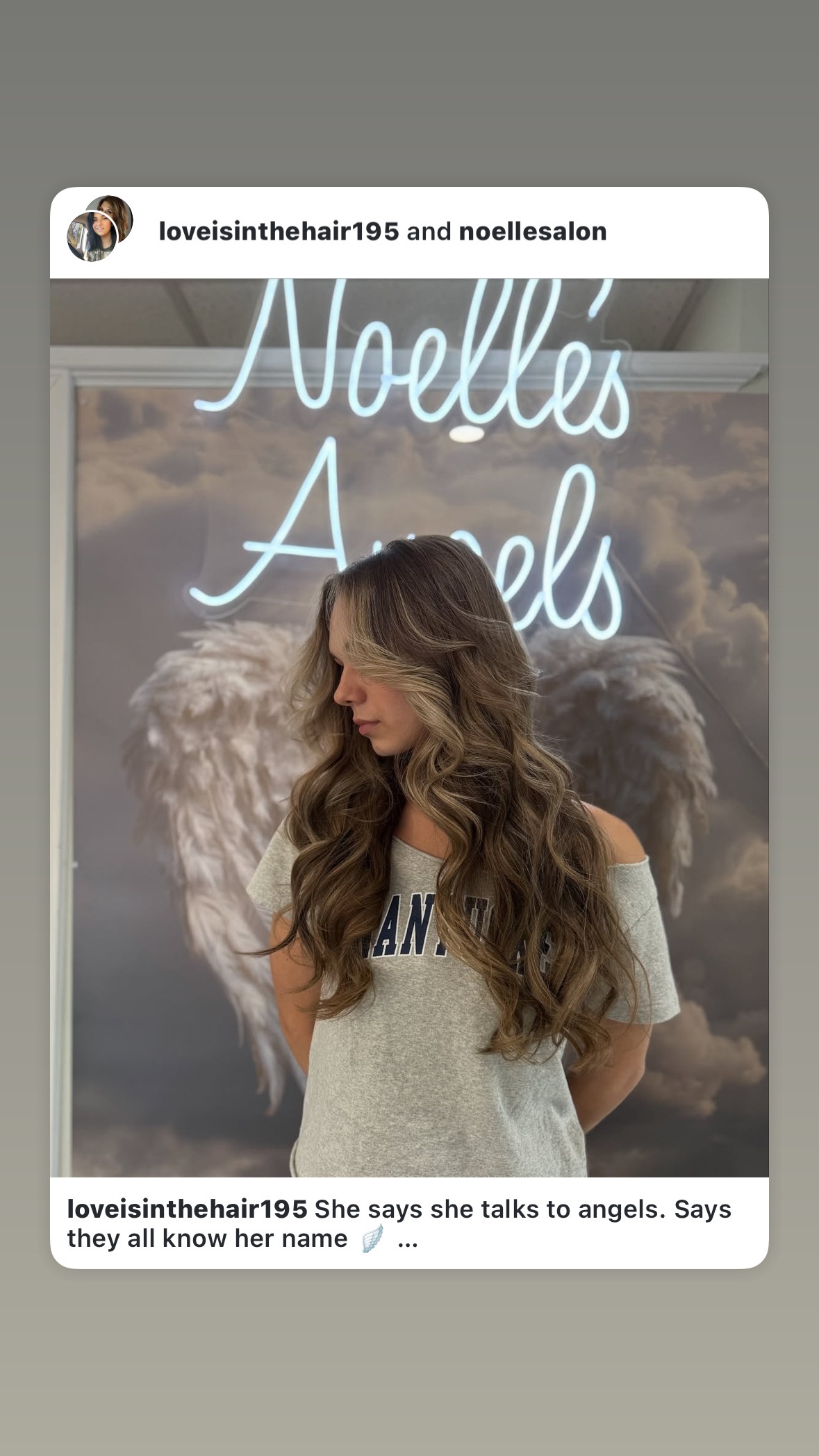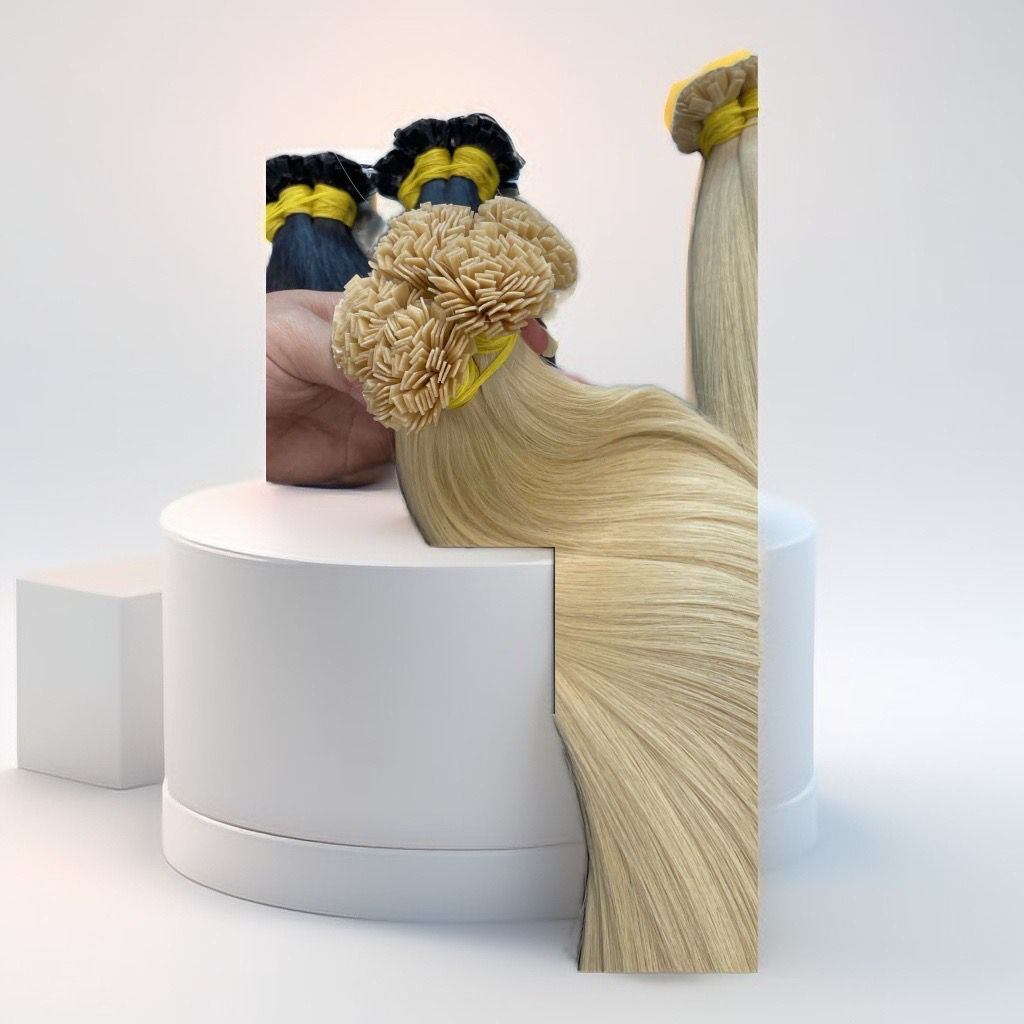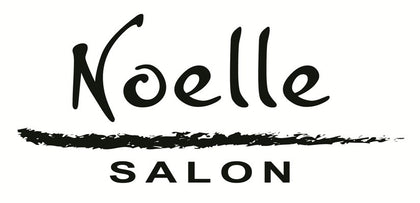Are Bead Extensions Bad for Your Hair? Find Out Here

Individual bead hair extensions are just one name for this method of hair extensions. They are also known as i-tip hair, micro link hair, shoelace extensions cylinder hair extensions, i-link, copper locs, and hair locs. They are known to be one of the safest methods of hair extensions since they are applied individually and contain no glue or tape.
Individual hair extensions are applied to twenty or so strands of natural hair. They are placed a bit away from the scalp to avoid tension on the hair. The extensions can be customized throughout the head with the ability to add more hair in sparse areas of the hair.
2) The ability to wear hair at the top of the head; virtually undetectable. You have 360-degree movement.
3) The hair is re-usable and keeps its quality when well maintained.
4) Easy removal using pliers to open the link and release the hair extension. No messy residue
5) No heat, glue, or tape is being applied which makes maintenance easier.
Wearing Individual Micro Link Hair Extensions
1) The beads can slip out of the hair easier than other types of hair extensions.
2) The cost of maintenance is higher than other methods of hair extensions because there are many attachment areas.
3) They require more maintenance than other types of individual hair extensions such as; keratin bonded hair extensions which last up to 5 months. The average maintenance is approximately 8 weeks.
4) More attention is needed when blowdrying and styling to avoid slipping.
5) Avoiding oil products and reducing oils from the scalp is important. More frequent shampoos may be necessary.
6) Lots of good hair extensions are needed to add volume and length on medium to thick density hair.
Individual bead hair extensions are gentle on the hair, but not as secure as other methods of hair extensions such as; tape hair, sew-in hair, keratin bonds, and pull-thru method.

They work best on fine hair because of their fragile nature. In contrast, they can slip out easier on fine hair for the same reason. It is imperative that the link/bead is closed properly - not too much to break the hair, but enough to secure the hair extensions within.
Micro-link extensions are the perfect choice for those experiencing hair thinning. A hairstylist can easily hide the extensions within the hair and fill in thin areas. The hair extensions will not damage compromised hair. Veila Pull-Thru hair extensions offer the same benefit to hair, no glue, tape, or tensions.
Types of Hair Extensions Explained
Hair extensions come in various types, each with its unique application method and potential impact on your natural hair. Understanding these types can help you choose the best option depending on your hair type, lifestyle, and desired look.
Clip-in Extensions: These are temporary extensions that can be easily applied and removed at home. They come with clips that attach to your natural hair, making them perfect for those who want to change their look without a long-term commitment. Since they are not permanently attached, they are generally less damaging than other hair extension methods.
Tape-in Extensions: These extensions are semi-permanent and feature a double-sided tape that adheres to natural hair. While they provide a seamless look, improper application or removal can lead to damage, making a professional consultation essential.
Weave Extensions: This method involves braiding natural hair and sewing the extensions onto the braids. While secure, it can create tension on the scalp, potentially leading to breakage if not done correctly.
Type of Extension
Method of Application
Damage Potential
Clip-in
Clip attachments
Low
Tape-in
Adhesive strips
Moderate
Weave
Braiding and sewing
When selecting an extension type, consider factors such as your hair texture, desired style, and the maintenance commitment you're willing to make.

Clip-in, Tape-in, Weave, Fusion, and Microbead Extensions Overview
Many individuals may experience discomfort or breakage when wearing individual micro link hair extensions, particularly if not properly installed or maintained. Knots can form, leading to tangling and potential damage to natural hair. Regular tension on the scalp from the weight of beaded weft extensions might also contribute to hair loss over time. Choosing the right stylist for installation is crucial since improper techniques can worsen these cons, undermining the purpose of enhancing one's hair while preserving its health.
Common Mistakes to Avoid with Hair Extensions
Avoiding damage to your hair extensions starts with understanding common pitfalls. One of the biggest mistakes is neglecting professional consultation. Every head of hair is unique, and a skilled stylist can help assess your specific needs, recommend the ideal extension type, and ensure proper application to minimize damage and breakage.
Additionally, overusing heat styling tools can severely impact both your natural hair and extensions. Always use heat protectants and limit the application of heat to maintain healthy hair. Regularly assess the condition of your extensions; if you notice signs of damage, such as shedding or discomfort, consult your stylist immediately to rectify the issue.
Skipping Professional Consultation, Overusing Heat, Ignoring Signs of Damage
-
Skipping Consultation: Not consulting with a stylist can lead to choosing the wrong type of extensions, which may not suit your hair type or desired look. A professional can guide you on the best options and techniques for installation.
-
Overusing Heat: Excessive heat application can dry out and damage your extensions. Limit the use of heat styling tools and always apply a suitable heat protectant.
-
Ignoring Signs of Damage: Regularly check your extensions for signs of wear, such as tangling or shedding. Addressing issues early can prevent further damage and prolong the life of your extensions.
By being mindful of these common mistakes, you can help ensure that your hair and extensions remain healthy and beautiful for a long time.
Professional Hair Extension Maintenance Tips
1) On fine hair, use a clarifying shampoo once per week or bi-weekly to remove oil build-up.
2) Use dry shampoo on the attachment to repel oil build-up.
3) Separate the extensions and with your fingers and brush below the attachment,
4) When using a flat/curl iron, be sure to not get too close to the attachment. It is best to section the hair by each row of your hair and keep hot irons at least 3 inches away from the micro-link.
Individual bead hair extensions are the most natural-looking, no one will know you are wearing them especially when applied by a well-trained hair extension expert! If you are a person that does not want their hair to scream "hair extensions," then these are the extensions for you.
It is important to go to a salon/stylist that has experience working with hair loss. Attaching extensions is not a mindless endeavor, careful attention needs to be paid to each area of the head. Often, adding fewer hair extensions is paramount, strategically placing hair extensions for your own hair's individual needs is the goal.
Regular Brushing, Gentle Washing, and Protective Styling Techniques
Possible drawbacks of individual micro link hair extensions include unresolved discomfort due to pressure on the scalp and the potential for hair breakage. These beaded weft extensions, while versatile, can stress natural hair strands if not applied or maintained correctly. Issues may arise from improper installation by an untrained stylist or neglecting care routines. Regular consultations with a hairstylist can mitigate risks, ensuring that the chosen type of extension method suits your hair type and maintains the health of your natural hair.
Equip Yourself with the Right Extension Care Products
Choosing the right care products is essential for maintaining the health of your hair extensions. Look for lightweight conditioners that won't weigh down your strands or cause knots, ensuring your natural hair remains in good shape. Incorporating a silicone-free conditioner serum can help reduce tangles while offering protection from heat styling. Incorporating a sulfate-free shampoo will keep your scalp balanced, preventing dryness and irritation. Regularly using a gentle brush designed for extensions will minimize breakage, enhancing the lifespan of both your wefts and your natural hair.
Hand Tied Extensions vs. Other Popular Extension Methods
Hand-tied extensions offer a unique method that allows for a more seamless integration with natural hair, minimizing the visibility of attachment points. Unlike other extension methods such as glue, tape-in, or fusion, beaded weft extensions, or hand-tied wefts, are lightweight and gentle on the scalp, reducing discomfort and breakage. This technique significantly enhances styling versatility while preserving the integrity of the hair strands. Although they require a skilled stylist for optimal results, many hair types benefit from the natural look and feel they provide compared to more traditional methods.
Are Hand Tied Extensions Good for Fine Hair?
Discomfort and potential damage may arise from wearing individual micro link hair extensions. These beaded weft extensions can put significant stress on the natural hair, leading to hair loss or breakage if not applied correctly. Additionally, factors such as the weight of the wefts and improper installation can cause knots and tension on the scalp. Regular consultation with a skilled hairstylist is essential to ensure the health of your hair remains a priority while utilizing this popular hair extension method.
Free Consultations
At Noelle Salon, we offer free and private consultations to ensure you are the perfect candidate for hair extensions or possibly a hair topper. Our experience speaks for itself. It is our goal to keep your own hair healthy and train other salons to do the same.




